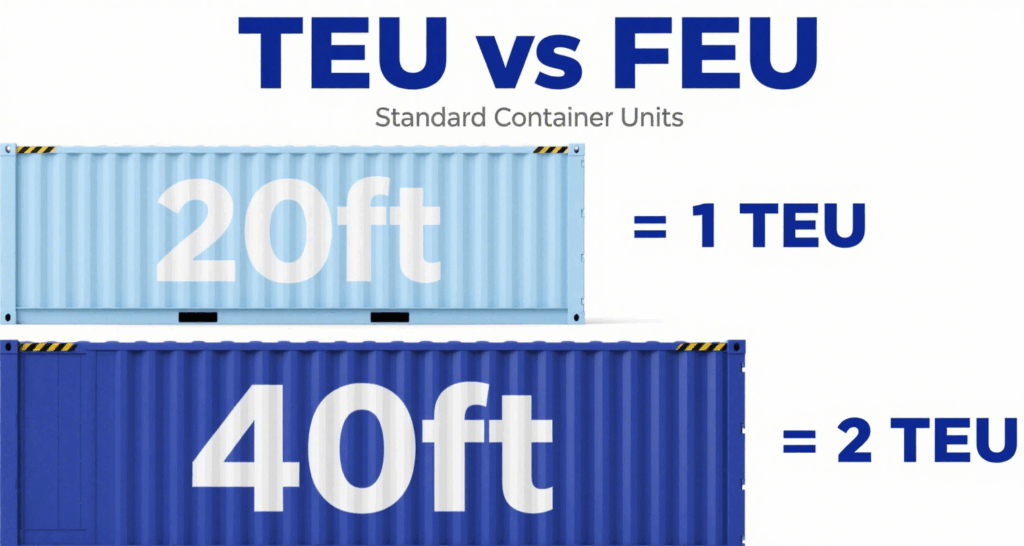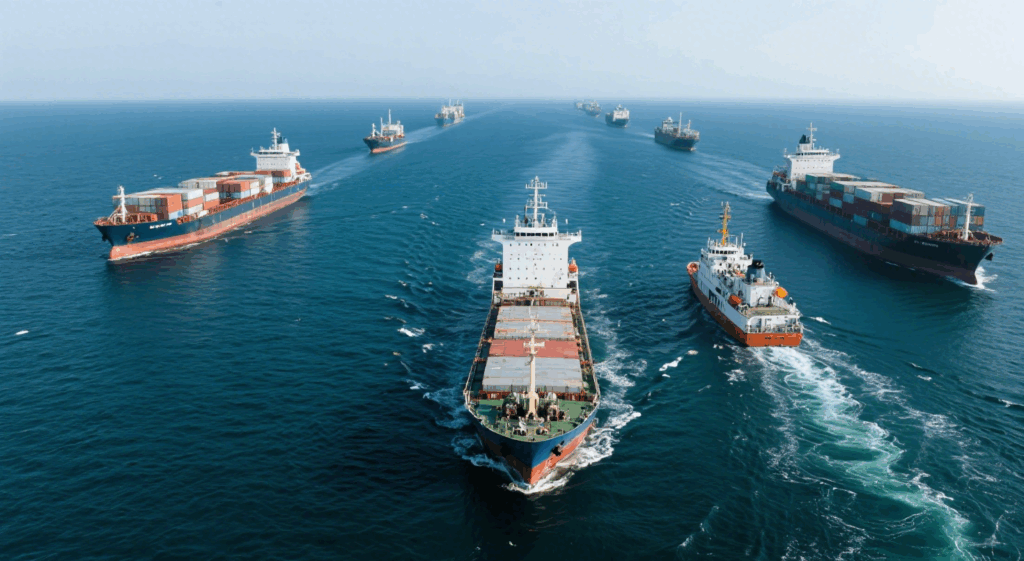- By Della tj
- November 3, 2025
- Rail Freight, Shipping
Table of Contents
Shipping goods between China and Germany has never been smoother thanks to professional rail freight from Shenzhen to Germany. Businesses seeking balance between cost and speed increasingly choose this mode as an efficient alternative to air and sea routes.
Why Choose Rail Freight Between Shenzhen and Germany
Rail transport connects major Chinese hubs such as Shenzhen with European cities including Hamburg, Duisburg, and Munich. Unlike air freight, it offers affordable pricing; unlike sea freight, it ensures shorter transit times.
Moreover, rail routes form a vital part of the China-Europe Railway Express, supporting international supply chains with stability, sustainability, and reliability.
Key Benefits:
- Balanced cost and delivery time
- Reduced carbon emissions
- Stable transit schedule
- High security and tracking capability
Shipping Process Explained Step by Step
Although the rail process may appear complex, it is remarkably systematic. Each stage is managed professionally to ensure safe cargo handling.
| Step | Description | Responsible Party |
|---|---|---|
| 1 | Booking confirmation & cargo inspection | Shipper |
| 2 | Container loading & customs declaration | Forwarder |
| 3 | Inland rail departure from Shenzhen | Railway operator |
| 4 | Transit via Kazakhstan, Russia, Poland | Rail network |
| 5 | Arrival in Germany & customs clearance | Local partner |
| 6 | Last-mile delivery to consignee | Trucking agent |
Transition advantage: As a result, businesses enjoy an integrated door-to-door experience with fewer delays and transparent control.
Cost Comparison: Rail vs Air vs Sea
Pricing is a decisive factor. The following table compares major modes for Shenzhen–Germany trade:
| Mode | Average Transit Time | Average Cost (USD/CBM) | Best For | Pros | Cons |
|---|---|---|---|---|---|
| Air Freight | 5–7 days | 8–12 | Urgent cargo | Fastest | Most expensive |
| Rail Freight | 16–22 days | 4–6 | General goods | Cost-effective, steady | Limited space |
| Sea Freight | 30–40 days | 2–3 | Bulk shipment | Cheapest | Slowest delivery |
In addition, rail freight typically saves 30–40 % versus air freight while cutting transit time by 40–50 % compared with sea freight.
Required Documents and Customs Preparation
Customs compliance is crucial for smooth delivery. The following checklist simplifies the paperwork required for rail shipments:
| Document | Issued By | Purpose |
|---|---|---|
| Commercial Invoice | Exporter | Declares value of goods |
| Packing List | Exporter | Details content and weight |
| Bill of Lading (Rail Waybill) | Rail Operator | Confirms transport contract |
| Certificate of Origin | Chamber of Commerce | Determines tariff eligibility |
| Import License (if needed) | German Customs | Authorizes entry of regulated items |
Therefore, preparing accurate documents helps avoid penalties and ensures prompt clearance in both China and Germany.
Real Case Studies of Rail Freight Success
Case 1: Electronics to Hamburg
Origin/Destination: Shenzhen → Hamburg
Cargo: 22 CBM consumer electronics
Transit Time: 19 days
Cost: USD 5,100 (approx. USD 4.8 / CBM)
Result: Delivery 10 days faster than sea freight; full tracking ensured.
Case 2: Furniture to Duisburg
Origin/Destination: Shenzhen → Duisburg
Cargo: 1 × 40 ft FCL wooden furniture
Transit Time: 21 days
Cost: USD 5,600
Outcome: Stable schedule; client reduced logistics cost by 35 %.
Transit Time by Destination in Germany
Transit duration varies depending on the final German city. Below is a comparative overview:
| Destination | Estimated Transit Time (Days) | Frequency (per Week) |
|---|---|---|
| Hamburg | 18–20 | 4 |
| Duisburg | 19–22 | 5 |
| Munich | 20–23 | 3 |
| Frankfurt | 21–24 | 3 |
| Leipzig | 22–25 | 2 |
Consequently, consistent departures enable predictable delivery schedules and efficient inventory planning for importers.
Container Options and Suitable Cargo Types
Selecting the correct container type is vital for safe shipment.
| Container Type | Dimension | Suitable Cargo | Notes |
|---|---|---|---|
| 20-foot FCL | 5.9 m × 2.35 m × 2.39 m | Heavy items (machinery, tools) | Cost-effective for dense cargo |
| 40-foot FCL | 12.0 m × 2.35 m × 2.39 m | Electronics, furniture | Most popular for full loads |
| LCL (Less Than Container Load) | Shared space | Small consignments | Economical for partial shipments |
Additionally, sensitive products can use temperature-controlled containers, ensuring product integrity during transit.

Tips for Optimizing Rail Freight Efficiency
To achieve cost and time efficiency, businesses should implement the following strategies:
- Book early – rail capacity fills quickly during peak seasons.
- Consolidate cargo – combining shipments reduces per-unit cost.
- Ensure correct HS codes – accurate classification avoids delays.
- Use professional forwarders – they handle customs and documentation efficiently.
- Track shipments – real-time visibility prevents surprises.
On the other hand, neglecting these best practices often leads to schedule disruptions or hidden surcharges.
Conclusion
Without a doubt, professional rail freight from Shenzhen to Germany delivers an unmatched combination of cost, reliability, and environmental benefits. By leveraging the China–Europe railway network, companies can shorten transit time, simplify customs clearance, and gain stronger control over their supply chain. Ultimately, choosing the right logistics partner ensures every shipment arrives on time, within budget, and ready for the European market.
Request a Quote
Need a tailored solution for your shipping from China?
Let TJ China Freight Forwarder assist you with reliable, cost-effective service.
FAQ:
Q1.How long does rail freight from Shenzhen to Germany take?
Typically 18 to 22 days, depending on route and customs conditions, ensuring faster delivery than sea freight.
Q2.What goods are ideal for rail transport?
Electronics, furniture, machinery, and auto parts suit this route due to moderate weight and volume efficiency.
Q3.Can I ship small loads via rail?
Yes, LCL (Less-Than-Container-Load) service allows small shipments, combining goods for affordable transport.
Q4.How much does rail freight cost per CBM?
Generally USD 4–6 per CBM, depending on season, cargo type, and customs complexity.
Q5.Do I need insurance for my cargo?
Absolutely; freight insurance protects goods against transit loss or damage, ensuring peace of mind.




